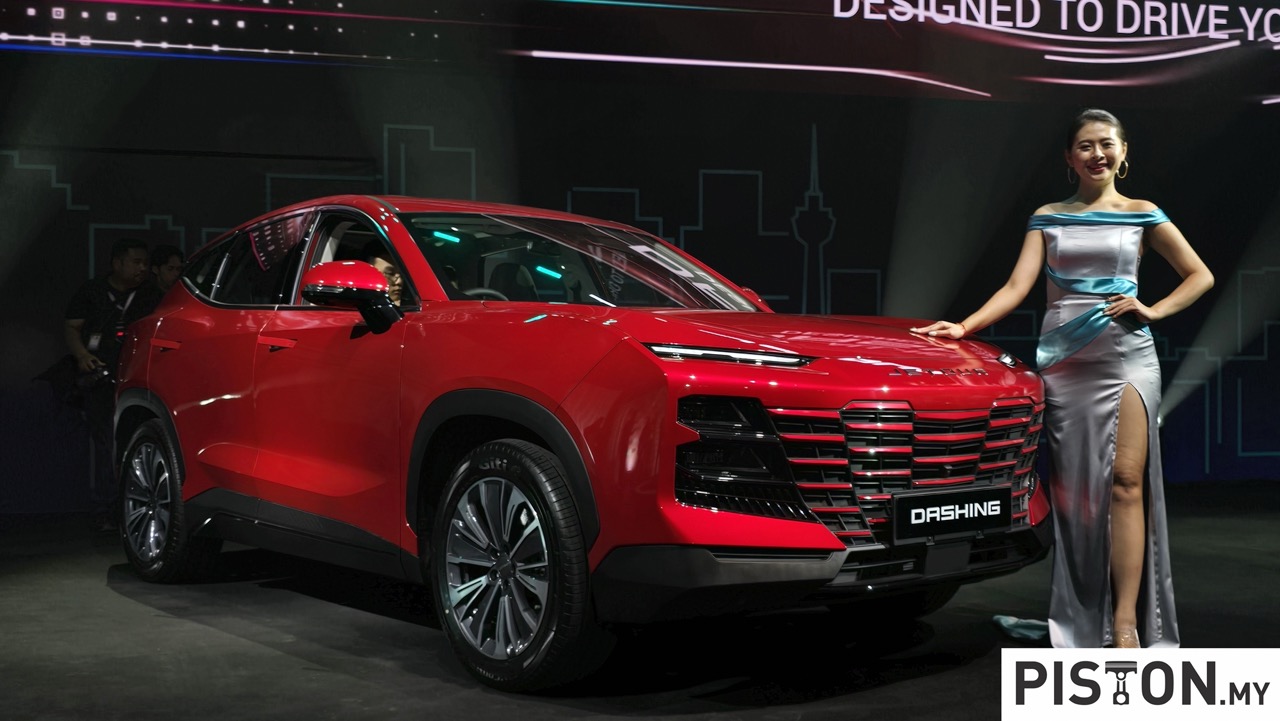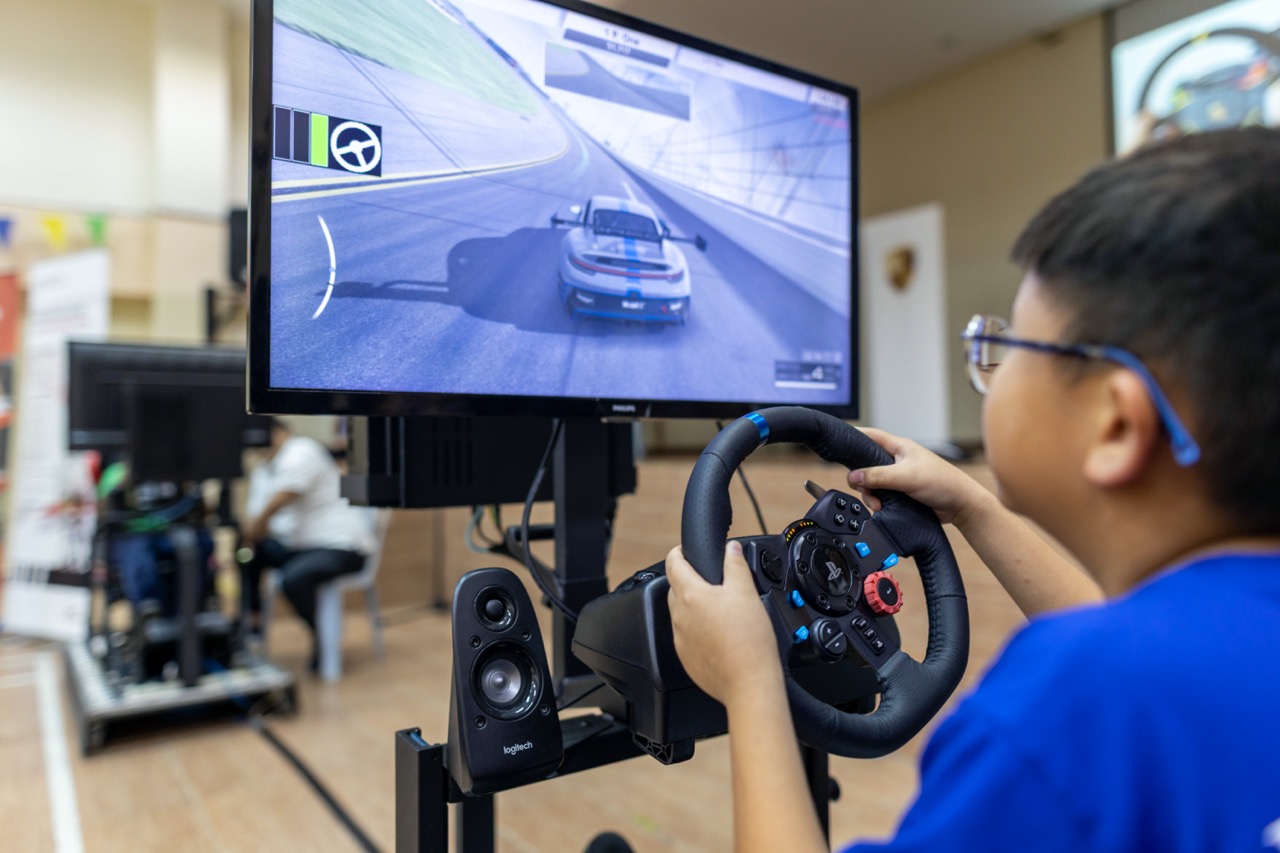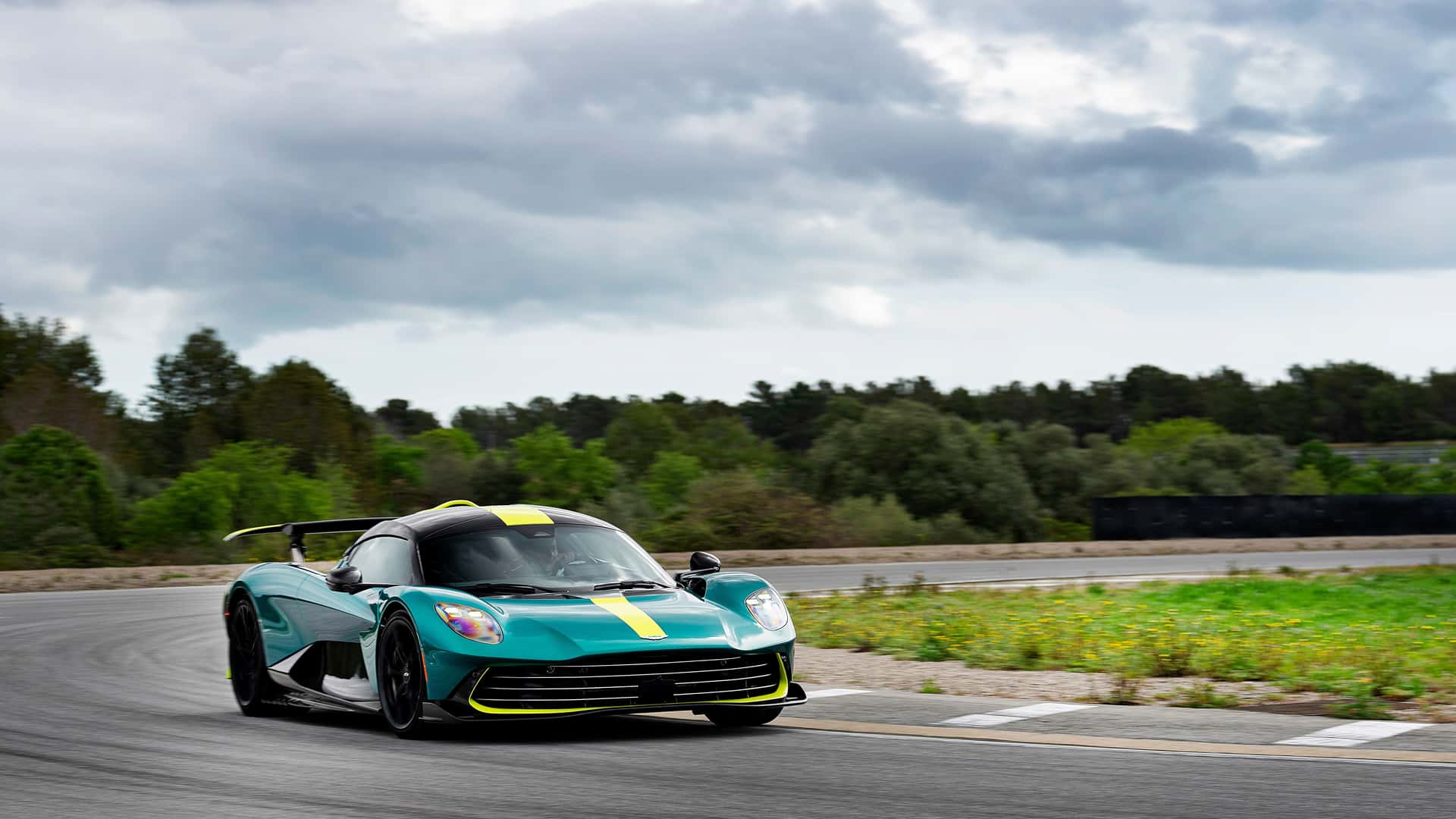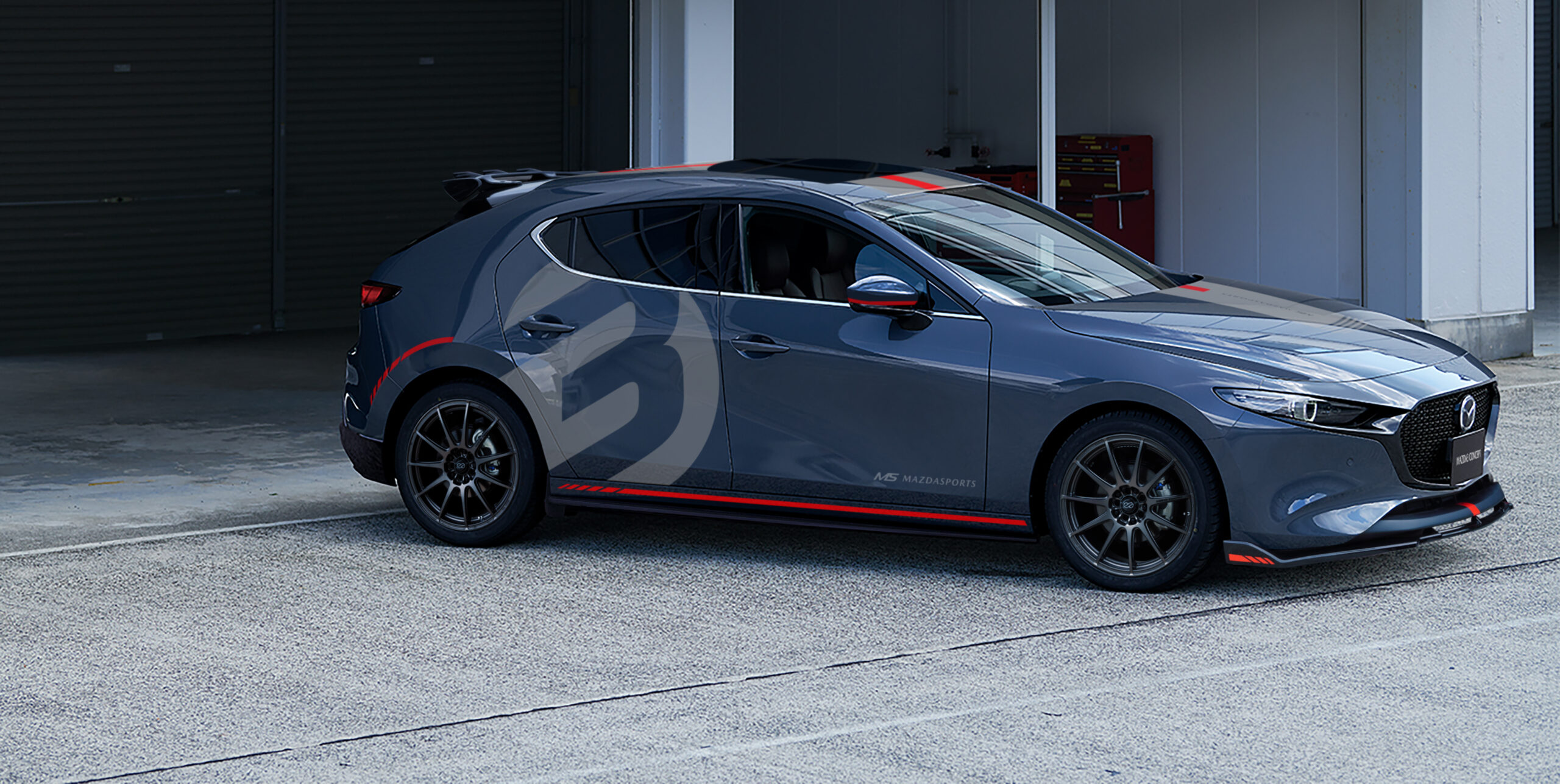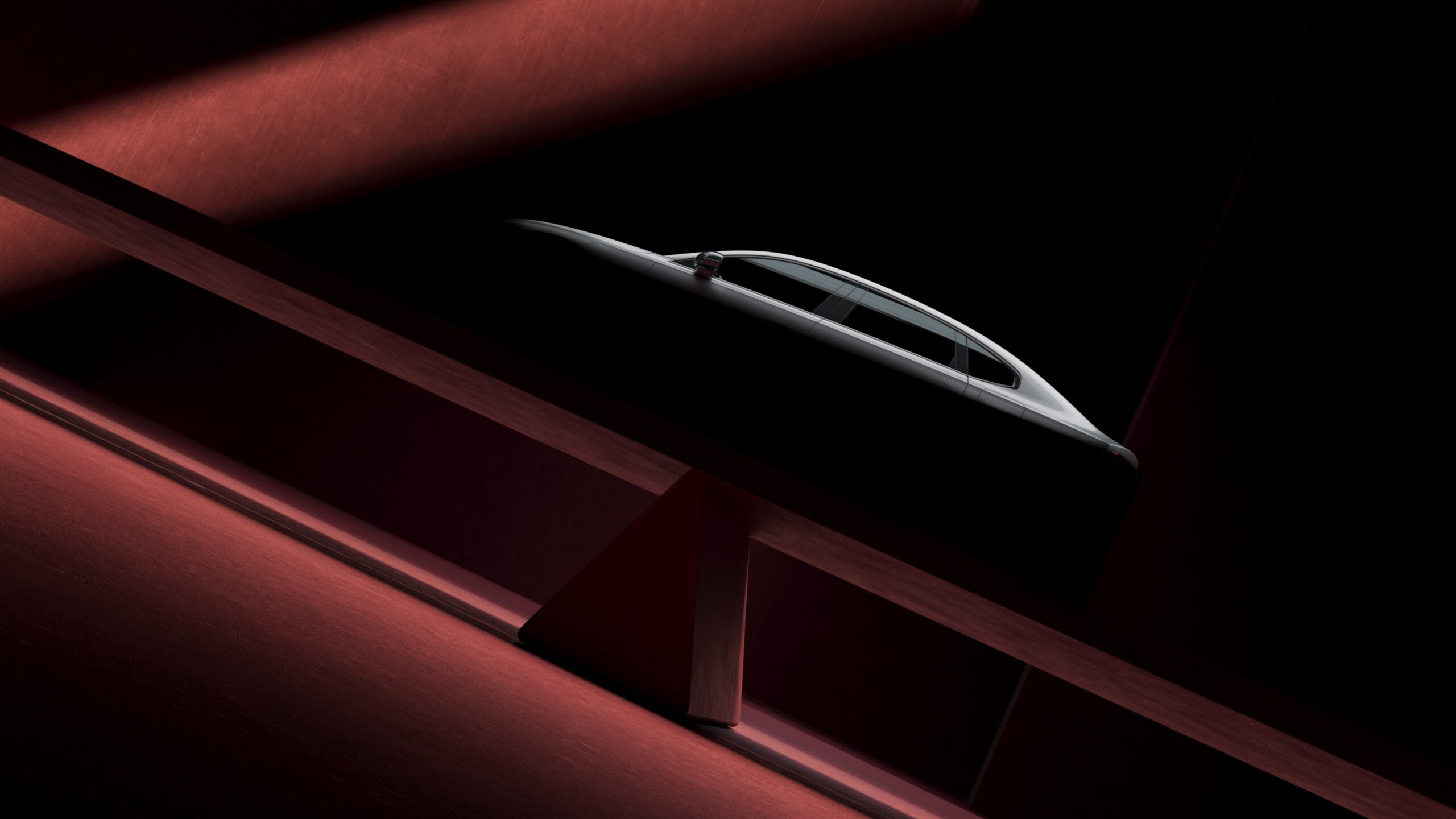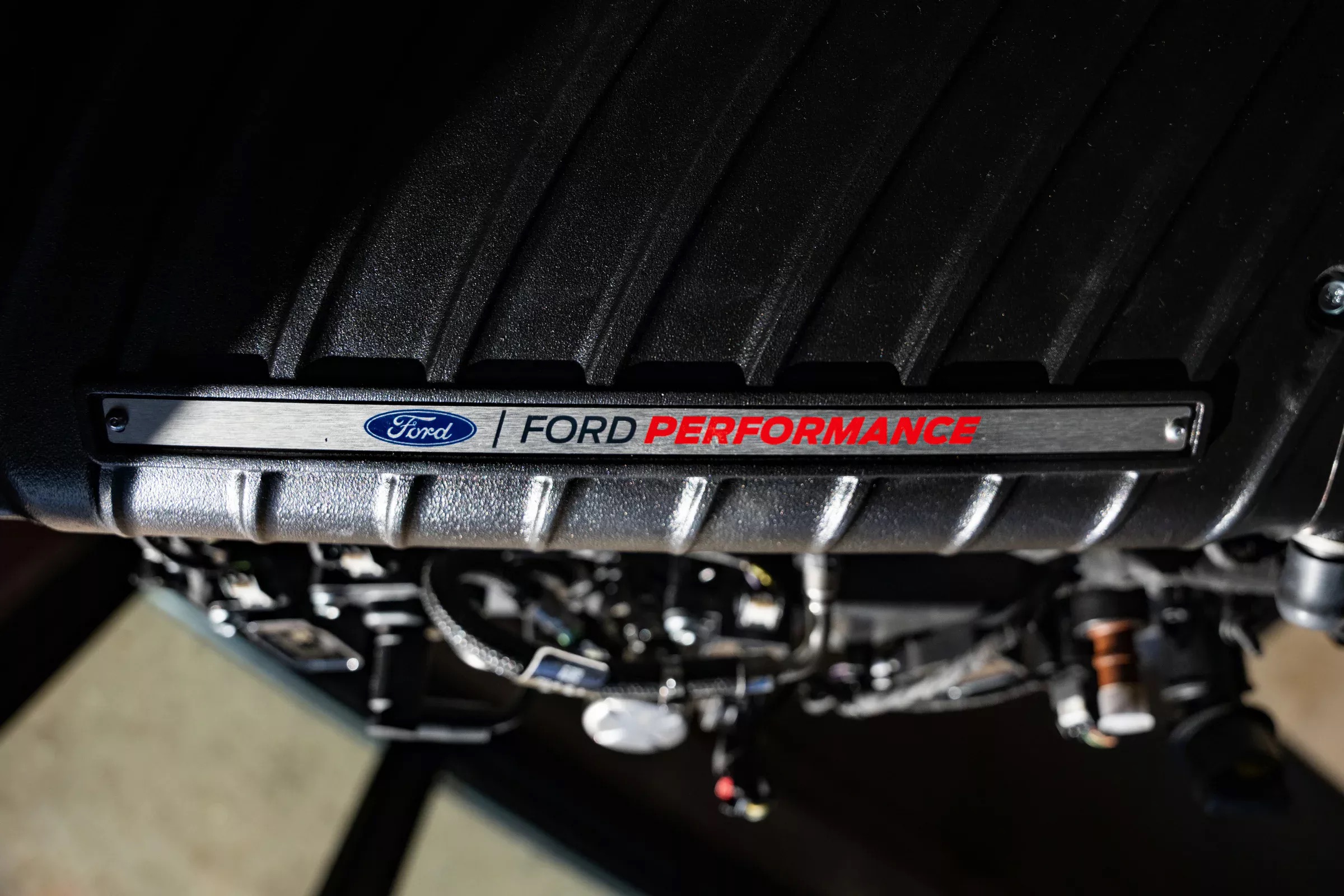Eventually, every carmaker adds a SUV to their range, a trend which started in the 1990s and reached the pinnacle of the car market in 2018 when even Rolls-Royce introduced a SUV it calls the Cullinan. Now Polestar, the company owned by Volvo (which is owned by the Geely Group), has finally come out with its SUV, the Polestar 3.
As Polestar produces only battery electric vehicles, the Polestar 3 is therefore powered only by electricity, no combustion engine or even hybrid option. And like other carmakers who make their SUVs in the USA because of the huge market for such vehicles, Polestar is also going to make its SUV there although production will be done in China during the first year and shift to America in 2024. Its other models are presently made in China and Sweden.
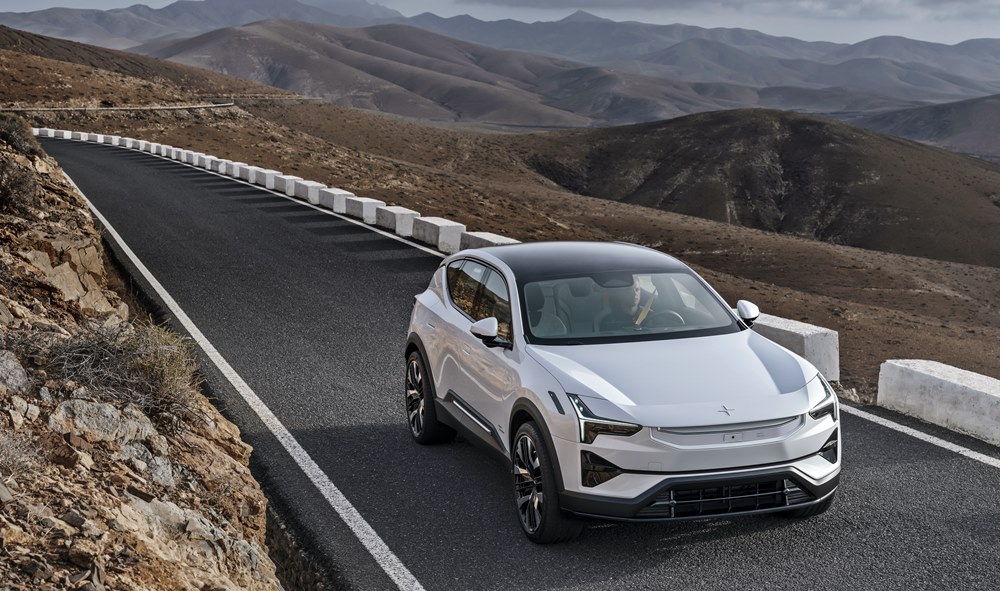
In line with Polestar’s commitment to transparency on its manufacturing, emissions and material impact, a complete Life-Cycle Assessment will be completed on the model when production begins. Subsequent assessments will follow throughout its life cycle, and work will continue to constantly find ways of reducing its carbon footprint.
Technology base shared with Volvo
The Polestar 3, to be priced from £79,900 (about RM423,000) is the first model on a new all-electric technology base developed by and shared with Volvo Cars. The first version will have a dual-motor configuration and a power bias towards the rear. The standard powertrain output produces a total of 360 kW (489 ps) and 840 Nm of torque. With the optional Performance Pack, total output is boosted to 380 kW (517 ps) and 910 Nm.
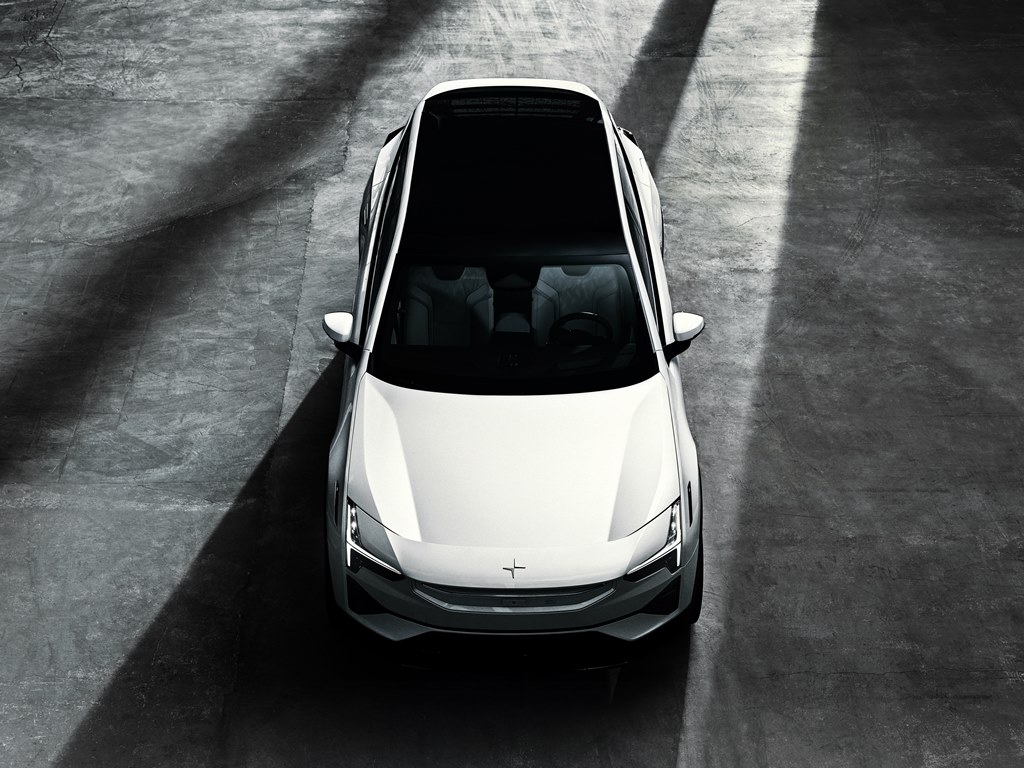
Adjustable one-pedal drive is included, as well as an electric Torque Vectoring Dual Clutch function on the rear axle – an evolution of what was originally developed for the Polestar 1. A decoupling function is also available for the rear electric motor, allowing the car to run only on the front electric motor to save energy under certain circumstances.
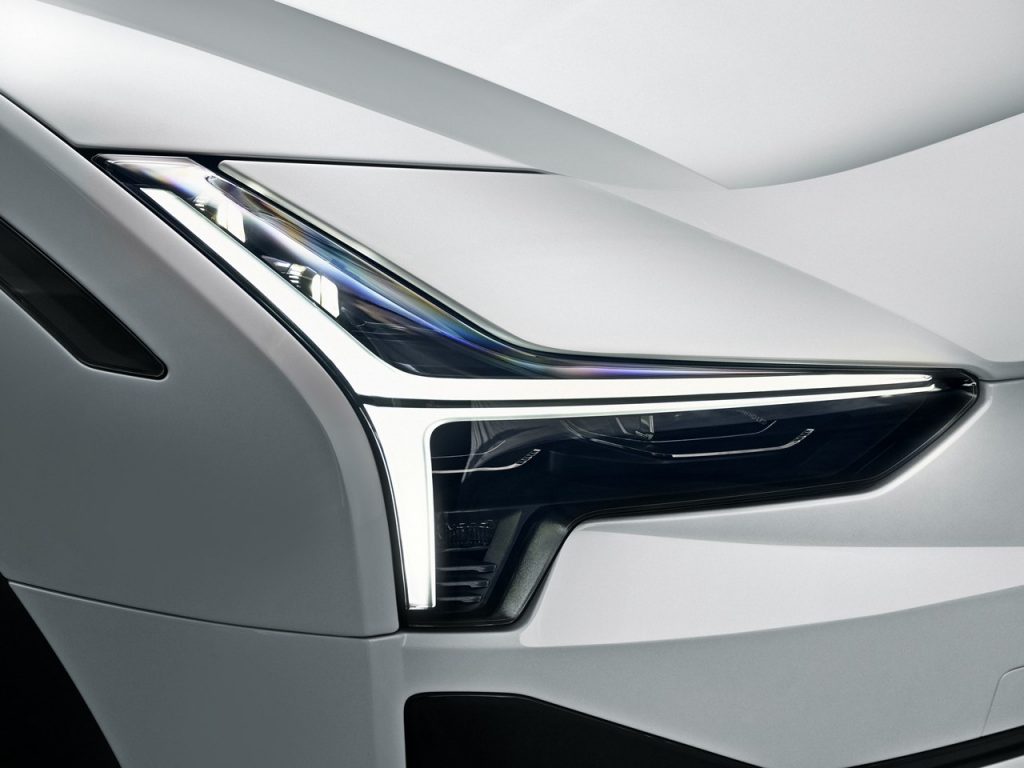
A 111 kWh battery pack provides the Polestar 3 with a claimed driving range of up to 610 kms. The lithium-ion battery features a prismatic cell design housed in a protective aluminium case with boron steel reinforcement and liquid cooling. A heat pump is included as standard to utilise ambient heat for climate and battery pre-conditioning.
The Polestar 3 is also equipped for bi-directional charging, enabling future potential for vehicle-to-grid and plug-and-charge capabilities.

Advanced chassis control is provided by dual-chamber air suspension as standard, allowing the SUV to adapt between comfort and dynamic suspension characteristics, and the car can adjust its active damper velocity electronically once every 2 milliseconds (500 Hz).
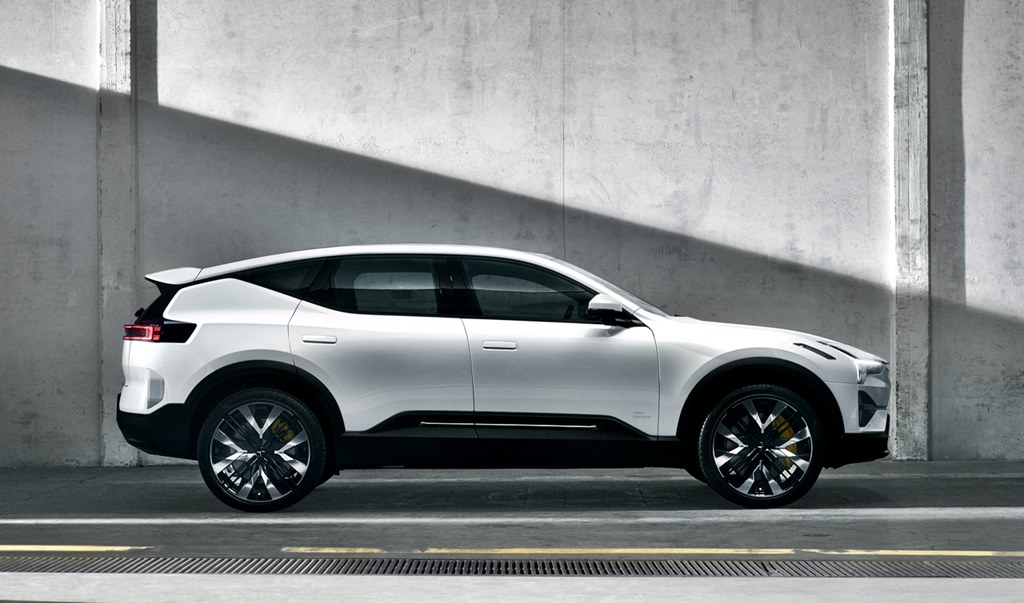
Given the taller stance of a SUV and its more functional cabin layout, it cannot follow the sleek design of other models. With the Polestar 3, the designers have adopted a new aerodynamic profile where strong focus has been placed on retaining the hallmarks of an SUV, including a powerful and wide stance. This has been led by subtle yet effective aerodynamic optimisation – including a front aero wing integrated into the bonnet, an aero wing integrated into the rear spoiler, and rear aero blades.
Materials used inside the Polestar 3 have been selected for their sustainability credentials, while raising premium aesthetics and luxury tactility. These include bio-attributed MicroTech, animal welfare-certified leather and fully traceable wool upholsteries.
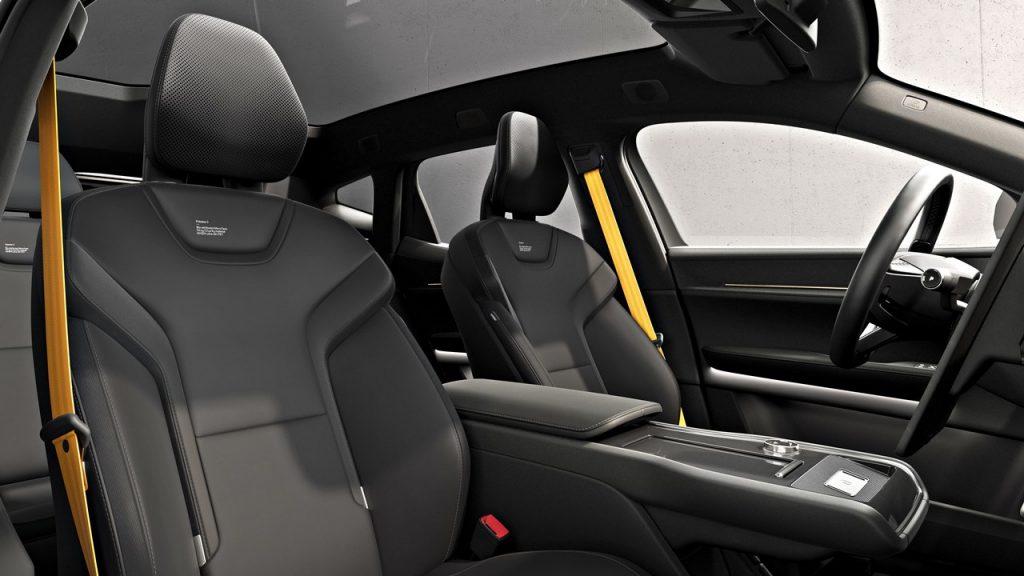
Centralised computing with the NVIDIA DRIVE
This is the first car from Polestar to feature centralised computing with the NVIDIA DRIVE core computer, running software from Volvo Cars. Serving as the AI brain, NVIDIA’s high-performance automotive platform processes data from the car’s multiple sensors and cameras to enable advanced driver-assistance safety features and driver monitoring.
The infotainment system is powered by a next-generation Snapdragon Cockpit Platform from Qualcomm Technologies. As a central component of the Snapdragon Digital Chassis – a comprehensive set of open and scalable cloud-connected automotive platforms – the Snapdragon Cockpit Platform will be utilised to provide immersive in-vehicle experiences with its high-performance capabilities to deliver high-definition displays, premium quality surround sound and seamless connectivity throughout the vehicle.
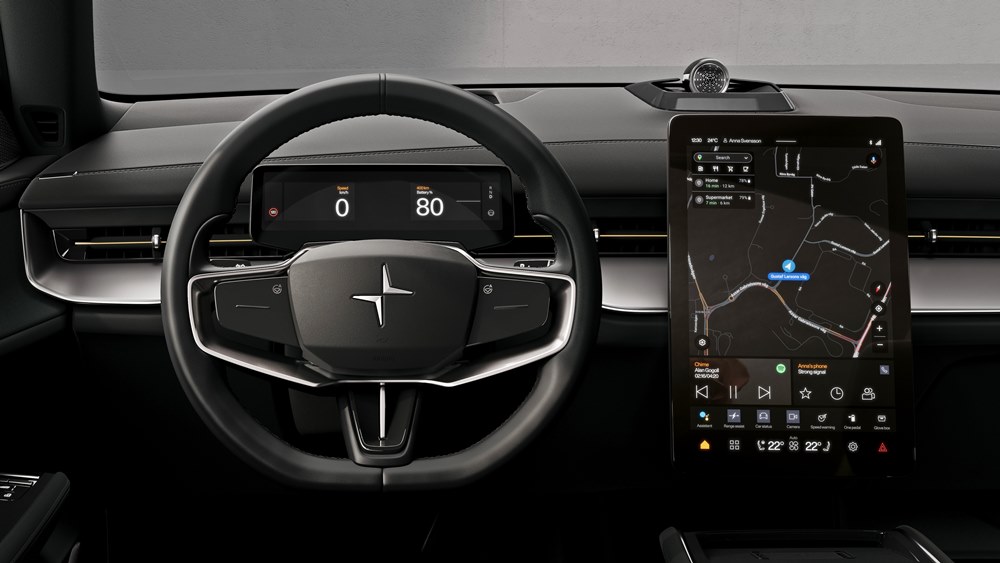
New era of safety
With Volvo Cars embarking on a new era of safety, the Polestar 3 carries next-generation advanced active and passive safety technology from Volvo Cars as part of its DNA. This includes the latest innovation – interior radar sensors that can detect sub-millimetre movements within the cabin, to help protect against accidentally leaving children or pets inside. The system is also linked to the climate control system to avoid heat stroke or hypothermia.
Further collaborations with industry-leading safety technology provide the Polestar 3 with cutting-edge ADAS (Advanced Driver Assistance System) technology that integrates seamlessly, thanks to the centralised computing power.
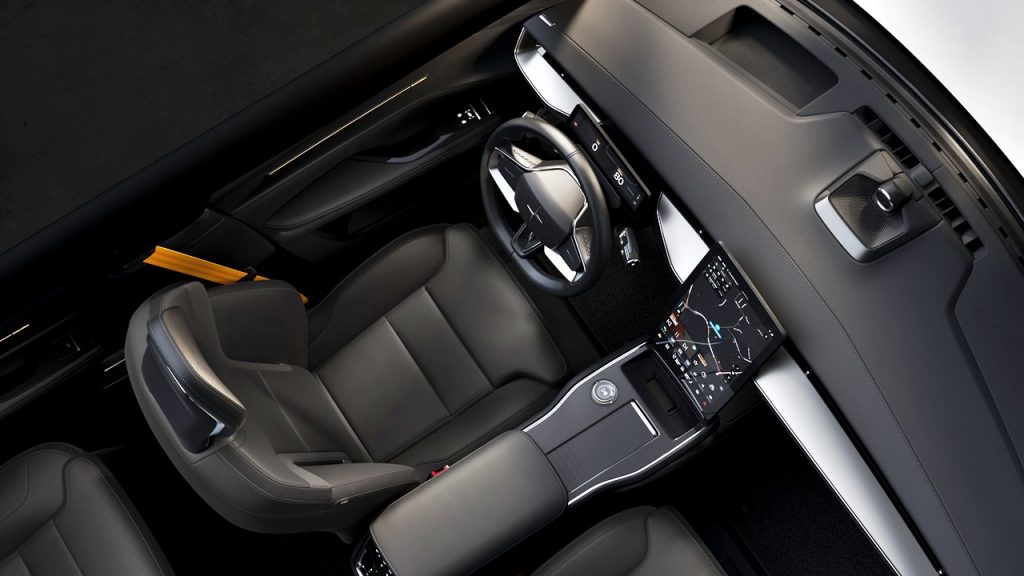
22 sensors all round
As standard, there are no less than 5 radar modules, 5 external cameras and 12 external ultrasonic sensors to support numerous advanced safety features. The SmartZone below the front aero wing connects several of the forward-facing sensors, a heated radar module and camera, and now becomes a signature of Polestar design.
Inside, two closed-loop driver monitoring cameras bring leading eye-tracking technology from Smart Eye to a Polestar for the first time, geared towards safer driving. The cameras monitor the driver’s eyes and can trigger warning messages, sounds and even an emergency stop function when detecting a distracted, drowsy or ‘disconnected’ driver.
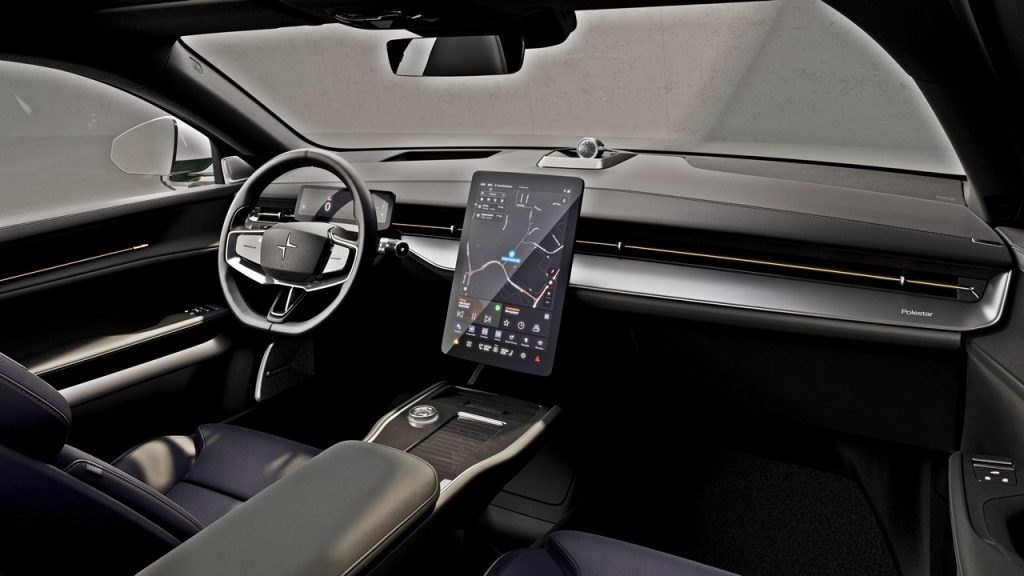
Customers will also have the option of including a Pilot Pack with LiDAR from Luminar which will add an additional control unit from NVIDIA, 3 cameras, 4 ultrasonic sensors and cleaning for the front- and rearview cameras, providing accurate real-time data about the car’s surroundings (especially in the long-range field). This enables enhanced 3D scanning of the car’s surroundings in greater detail and helps prepare the car for autonomous driving.
Android Automotive OS is the in-car operating system, co-developed with Google and fronted by a 14.5-inch centre display. It is an evolution of the technology first launched in Polestar 2 – the first car in the world with Google built-in – and a revolution of functionality and design for the large SUV segment. Over-the-air (OTA) updates are included to allow for continuous software improvement and the introduction of new features without the need to visit a service point.
- Related: Volvo is preparing infotainment systems for the future when the driver doesn’t have to drive







